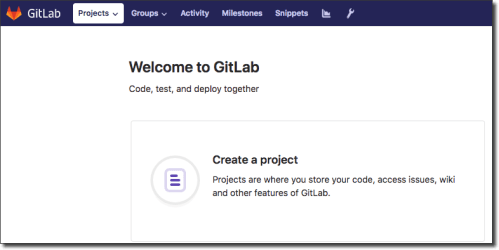Posts tagged 'Developers'

Oracle Functions: An Easier Way To Talk To Your Autonomous Database
Last week I posted about connecting your Oracle Functions to your Autonomous DB instance to query and persist data. That post involved creating...

Oracle Functions - Invoking Functions With The OCI SDK
In my last few posts we took a look at how to create serverless functions which interact with an Autonomous Transaction Processing (ATP) instance - first...

Oracle Functions - Connecting To An ATP Database
. Attention!!! This process in the blog post below has been superseded by the information contained in a newer blog post. If you are trying to connect...

Building And Deploying A Helidon Microservice With Hibernate Part 2
So far in this series, we've set up our cloud for Kubernetes and Docker, got our Autonomous DB up and running and created our first microservice using ...

Building And Deploying A Helidon Microservice With Hibernate Part 1
In the last few posts of our microservice journey we created a compartment, launched a Kubernetes cluster and set our tenancy up for a Docker user and ...

The Complete Guide To Getting Up And Running With Autonomous Database In The Cloud
In our last post, we configured Kubernetes and Docker to get ready to deploy microservices. In this post, we'll look at another critical piece of the microservices...

Deploying A Micronaut Microservice To The Cloud
So you've finally done it. You created a shiny new microservice. You've written tests that pass, ran it locally and everything works great. Now it's time...

Creating A Microservice With Micronaut, GORM And Oracle ATP
Over the past year, the Micronaut framework has become extremely popular. And for good reason, too. It's a pretty revolutionary framework for...

Getting Started With Git On Oracle Cloud
The new and improved Oracle Marketplace is now available from within the Oracle Cloud Infrastructure console. The marketplace contains several applications...

Getting Your Feet Wet With OCI Streams
Back in December we announced the development of a new service on Oracle Cloud Infrastructure called Streaming. The announcement, product page ...

Oracle Functions: Serverless On Oracle Cloud - Developer's Guide To Getting Started (Quickly!)
Back in December, as part of our larger announcement about several cloud native services, we announced a new service offering called Oracle Functions. ...

Automated Generation For OCI IAM Policies
As a cloud developer evangelist here at Oracle, I often find myself playing around with one or more of our services or offerings on the Oracle Cloud. ...